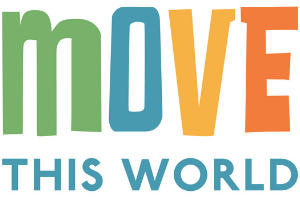Social emotional learning (SEL) is the process through which children and adults acquire and apply the skills necessary to understand and manage emotions, set and achieve goals, feel and show empathy for others, establish and maintain positive relationships and make responsible decisions. The initiatives we have selected will continue to contribute to a strong school culture in which all students feel safe, supported and valued.

This year we will be using Move This World as our foundational social emotional learning program. Move This World uses fun and engaging videos to teach core social emotional skills and will help your child develop the confidence to express their feelings authentically, manage their emotions healthily and navigate challenges successfully.
Your child will watch and engage with short interactive videos at the beginning of the school day, virtually or in-person. Each video is tied to a core social emotional learning competency, including self-awareness, self-management, social awareness, relationship skills and responsible decision-making skills.
The mood meter is a tool that we use to support our students in identifying and expressing their emotions. We believe that when students are able to identify emotions, they can then learn to manage them. In class each day (virtual or in-person), your child will have an opportunity to share with their teacher and classmates how they feel using the mood meter.
The Mood Meter consists of four colors: red, blue, green, and yellow. Each Mood Meter color represents a different set of feelings associated with the pleasantness of the emotion and the energy it has.
You can reinforce what your child is sharing at school by using the mood meter at home.